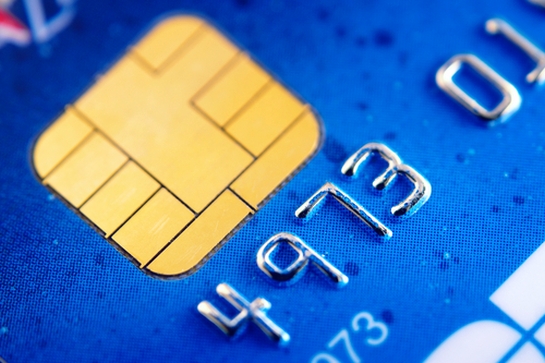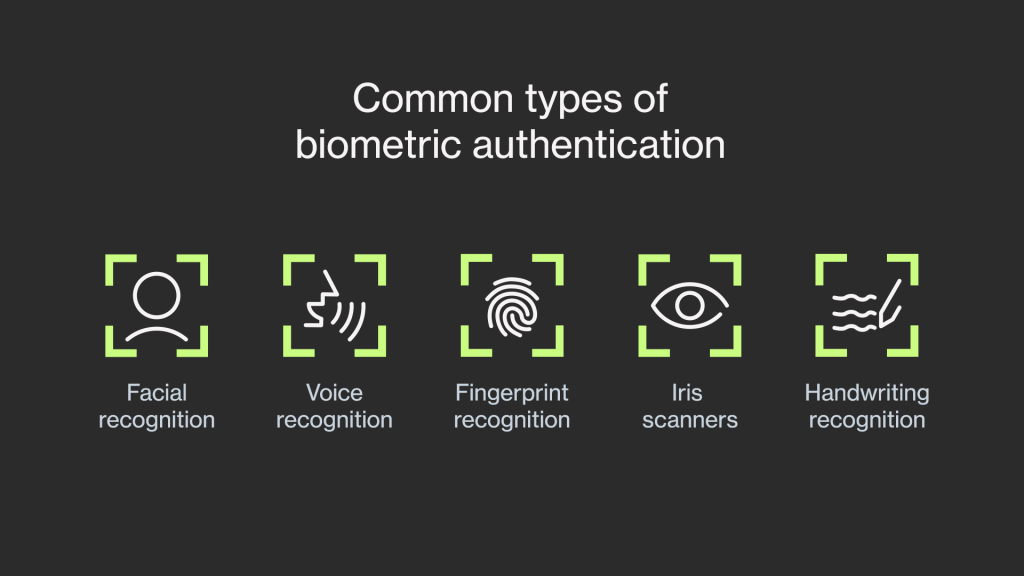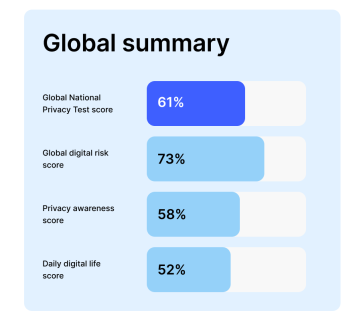Recently, ATM and other electronic fraud cases have become a major cause of concern for banks, regulators and bank customers. Industry players globally have turned to enhanced technological interventions in an effort to curb this economic menace.
The Kenya Bankers Association (KBA) in April set out to encourage all banks to migrate to more secure automated teller machines (ATM) and plastic cards by September 30. The new EMV (Euro Mastercard Visa) enabled plastic cards will have cardholder details encrypted in the chip instead of on the traditional magnetic stripe, and banks are in the process of upgrading their ATM machines to comply with the new standard.
The new EMV (Europay, Mastercard and Visa) card chips have transformed the world of credit and debit card payments. The little chip that is embedded on the left side of your plastic credit and debit cards has made the world of electronic payments more secure and generally faster.
The three founding partners of EMV- Europay, Mastercard and Visa- established EMVCo in 1999 to manage, maintain and develop chip technology. More than 14 years later, the company is still on the forefront of card chip security and is considered the industry standard.
For Visa, this was a revolution in card security that has made card holders, retailers and banks much safer from fraud and criminal activity. It has completely changed the payments landscape and has brought a level of security that magnetic stripes are currently unable to provide. Prior to the introduction of EMV, magnetic stripe was the industry standard. However, unlike EMV, stripe technology is older technology which is vulnerable and therefore appealing to fraudsters. Criminals are able to copy and clone cards by skimming data from the information stored on the stripe and then use the information to create a counterfeit card.
As opposed to magnetic stripe technology, a chip is difficult to crack. An important aspect of EMV is its use of dynamic data. Each transaction carries a unique ‘stamp’, which prevents the transaction data from being fraudulently reused, even if the data or the card is stolen.
To understand how EMV chips have changed the world of electronic payment security, it’s important to know how they work.
In many ways, the card works like a mini computer. The chip provides three key safeguards: it can store information, process information, and it is capable of storing secret information and performing cryptographic processing, a computing function that enables numerous protection features that prevent unauthorized retrieval of data. It is very difficult to clone or replicate the chips and the circuitry that makes them work. Each chip is unique and makes each card inimitable. Chips and software are constantly evolving and allow the payment industry to stay ahead of criminals and new exploits that may be discovered in the future.
When you make a purchase, the card must come in contact with an acceptance terminal. The terminal powers the card and activates the chip, which verifies that the card is authentic and aids in the authorization of the transaction. The chip actually determines and enforces many of the payment rules set by the issuing bank. This can include a number of additional security features such as verifying the cardholder’s identity through PIN, or request the terminal to prompt for a written signature. The bank that issues the card can define the rules and program it into the chip depending on the type of security deemed necessary.
Chips have saved banks massive costs in fraud. EMV has cut down on the production of counterfeit cards that were used in suspect transactions. When fraud has been detected, banks have to block then replace cards that have been counterfeited or fraudulently used, and ultimately they are responsible for fraudulent payments to merchants.
This article is by Jabu Basopo – Visa Country Manager for Southern and Eastern Africa.





